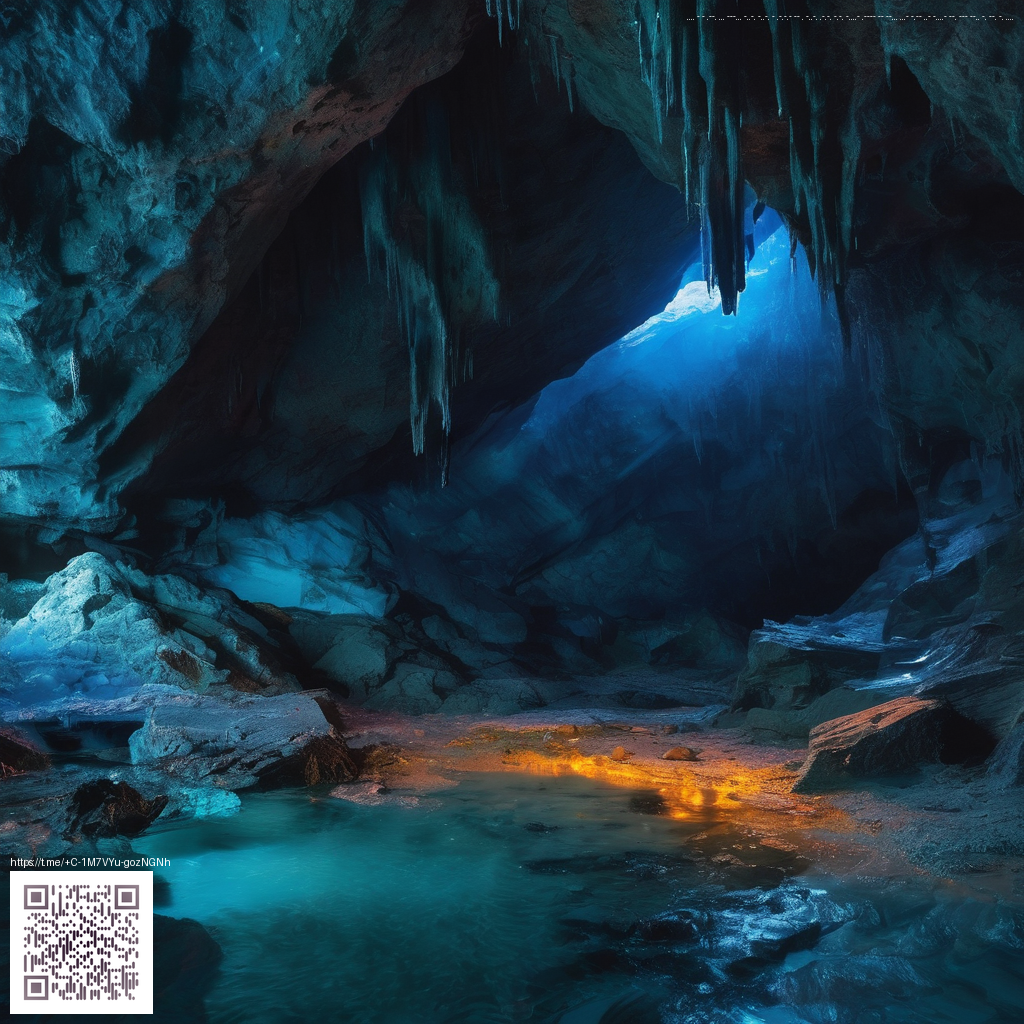
Data source: ESA Gaia DR3
Hot Blue Giant: A Distant Neighbor Revealed by Gaia DR3
Behind every data point in Gaia’s vast catalog lurks a story of light crossing unimaginable distances. One such story is told by the star Gaia DR3 4106750352938503552, a hot blue giant whose glow travels across thousands of parsecs to reach our detectors. With a surface temperature around 35,700 kelvin, this star blazes with a blue-white hue that hints at immense energy reserves and a life stage far from the quiet stability of our Sun. Yet, despite its brilliance, it remains faint in our night sky due to its great distance—a reminder of how the cosmos scales beyond our everyday experience.
What makes this distant traveler stand out
This object is best described as an early-type giant, sometimes categorized as an early B-type bright giant. The temperature places it among the hotter stars in our galaxy, where the spectrum shifts toward the blue end of the visible light. Its radius of roughly 6 solar radii signals that it has evolved beyond a simple main-sequence phase and expanded into a luminous stage that pumps out energy at prodigious rates. When you combine these traits—high temperature and a sizable radius—you get a star that dwarfs the Sun in luminosity, even when seen from far away.
Distance: a gateway to the Milky Way’s depth
Gaia’s data place this star about 2,247 parsecs from Earth. That translates to roughly 7,300 light-years, placing it well into the distant disk of our Milky Way. Such a distance matters: it tells us we’re looking through the crowded but dust-rich plane of our galaxy, where light is not only dimmed by distance but also reddened by interstellar dust. The ability to measure both distance and temperature for a star like this is a testament to Gaia’s power to map stellar populations in three dimensions, turning a twinkling point of light into a storyboard of Galactic structure.
Color, color, color—and what it means
The Gaia photometry paints an intriguing color picture. The blue-green light of a hot surface would naturally yield a bluer color, yet the catalog shows phot_bp_mean_mag ≈ 17.34 and phot_rp_mean_mag ≈ 13.83, giving a BP−RP color of about 3.51. That’s an unexpectedly red appearance in Gaia’s color system. The most likely explanation is interstellar extinction: dust between us and the star dims and reddens the light more in the blue band than in the red. In other words, the star’s intrinsic blue hue is being veiled by the dust along its long journey. This is a classic reminder that the cosmos we observe is a blend of intrinsic properties and the dusty interstellar medium that fills our galaxy.
Where in the sky does it sit?
With coordinates RA 281.354°, Dec −11.531°, this star lives in the southern celestial hemisphere. In practical terms, it lies toward a region of the Milky Way that is rich in dust and star-forming activity, accessible to observers in the southern half of the globe. Gaia’s precise measurements let us situate such hot giants in a three-dimensional map, revealing how they cluster along spiral arms and drift through the Galaxy with their own distinctive lifecycles.
“A blazing beacon in the Gaia catalog, this star reminds us that the Milky Way is a living tapestry—hot, luminous, and far-reaching.”
Putting the numbers together, Gaia DR3 4106750352938503552 emerges as a luminous and distant member of our Galaxy. Its radius of about 6 solar radii paired with a surface temperature near 36,000 kelvin implies a luminosity blazing far beyond the Sun’s. A rough calculation using L ∝ R²T⁴ places its energy output in the tens of thousands of solar luminosities, underscoring how much energy such giants radiate into the surrounding cosmic environment. This combination of traits is a hallmark of early-type giants that illuminate and shape their natal regions, even as their light travels across thousands of light-years to reach us.
Notes on the data
- Teff_gspphot: ~35,700 K
- Radius_gspphot: ~5.97 R⊙
- Distance_gspphot: ~2,247 pc (~7,300 ly)
- phot_g_mean_mag: ~15.25 (not visible to the naked eye; requires a telescope in dark skies)
- BP−RP color: ~3.51 (likely reddened by interstellar extinction)
- Ra/Dec: 281.354° / −11.531° (southern sky, Galactic plane region)
It’s worth noting that some advanced model-derived quantities—such as flame-based radius and mass—are listed as NaN (not available) in this DR3 entry. That absence is a reminder of how Gaia’s data are a living catalog: some fields are well constrained, while others await future refinements or complementary observations.
In the broader context of Gaia’s mission, stars like Gaia DR3 4106750352938503552 illustrate how the mission builds a dynamic, three-dimensional map of our Galaxy. The combination of temperature, radius, and distance helps astronomers trace stellar evolution on a Galactic scale and reveals how hot blue giants populate the Milky Way’s structure. It’s a gentle invitation to look up, not with a single bright beacon, but with a map—one that Gaia is continually refining as it watches over billions of stars.
Take the next step in your own sky-watching journey—browse Gaia data, try estimating distances to bright blue stars in your sky, or simply enjoy the sense of scale that our galaxy offers. The night sky is a vast catalog, and Gaia helps turn its stars into a navigable map 🌌✨.
MagSafe Phone Case with Card Holder
This star, though unnamed in human records, is one among billions charted by ESA’s Gaia mission. Each article in this collection brings visibility to the silent majority of our galaxy — stars known only by their light.